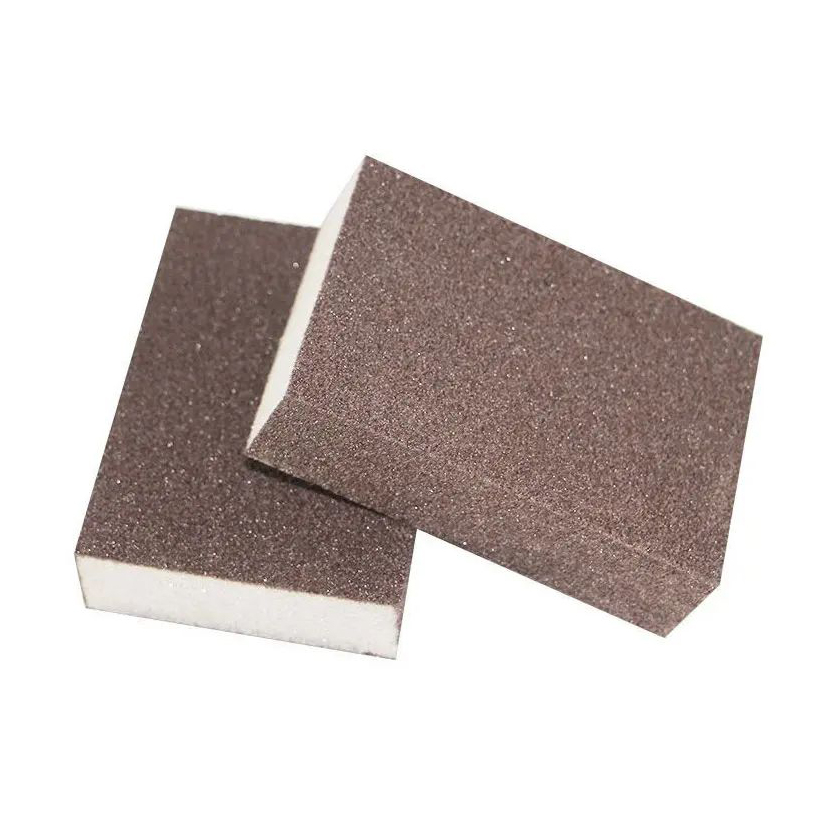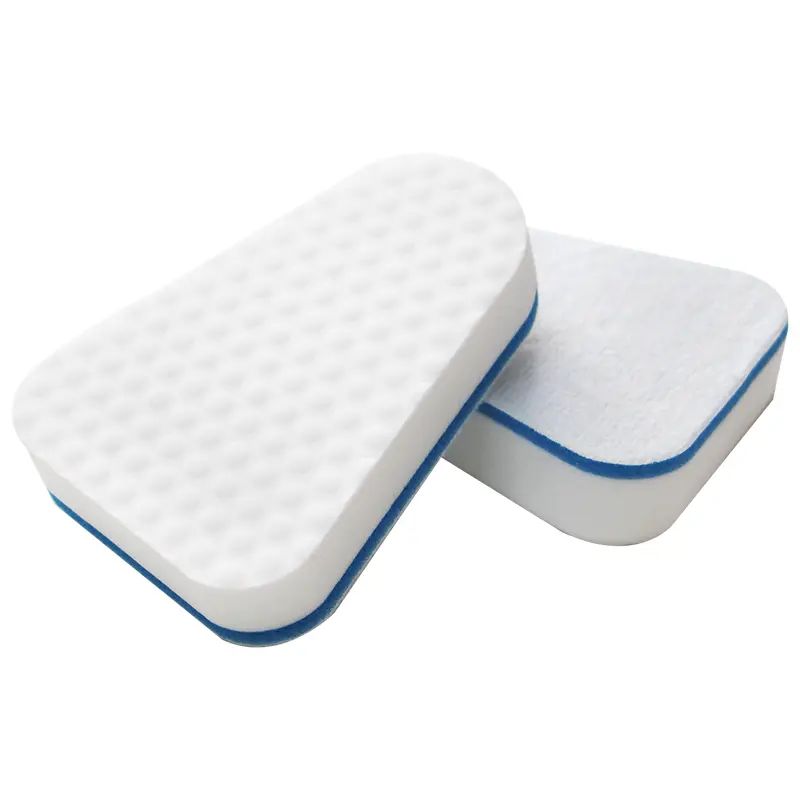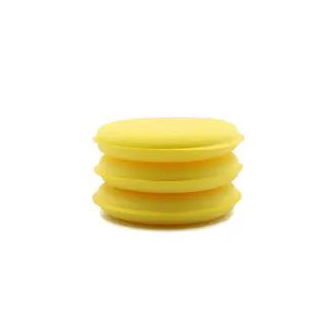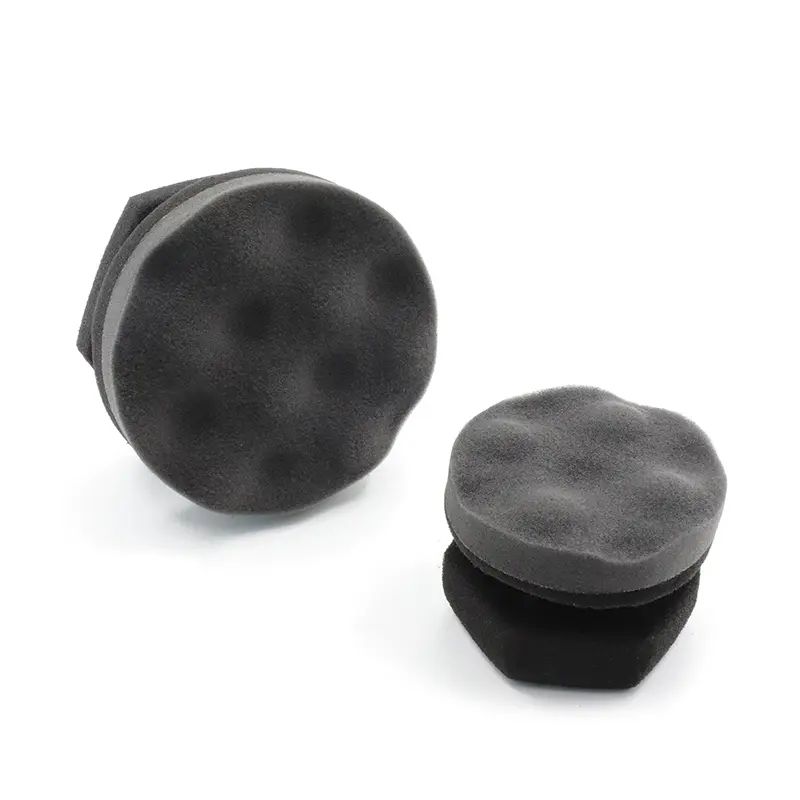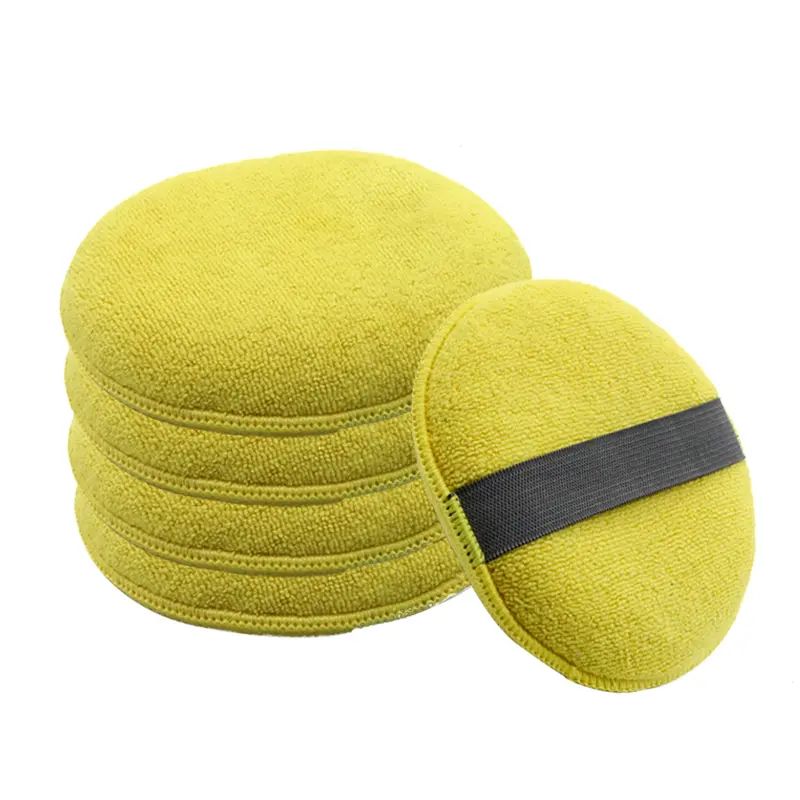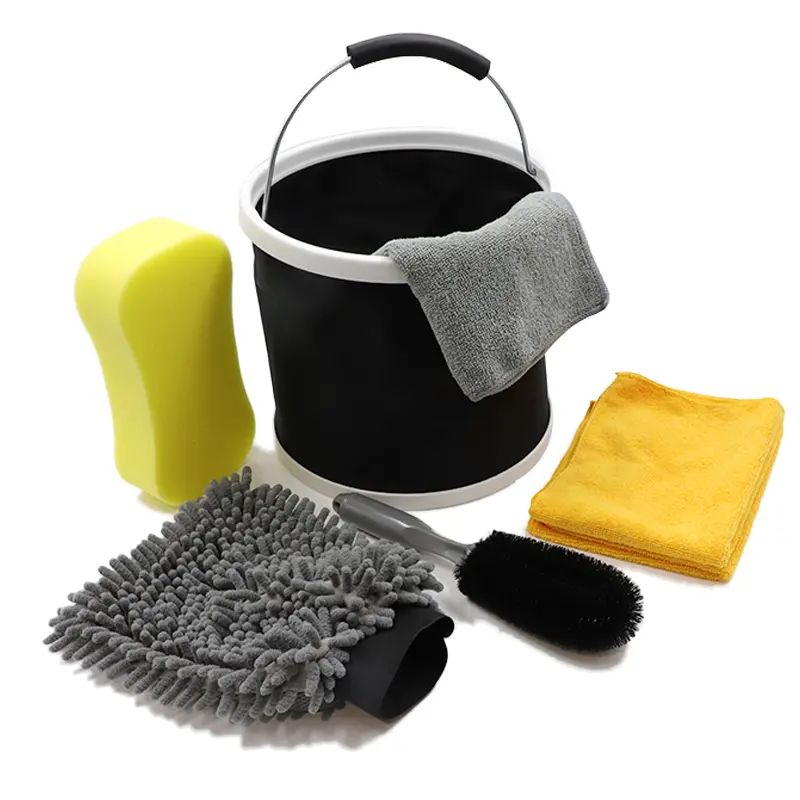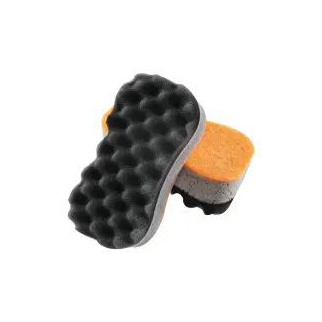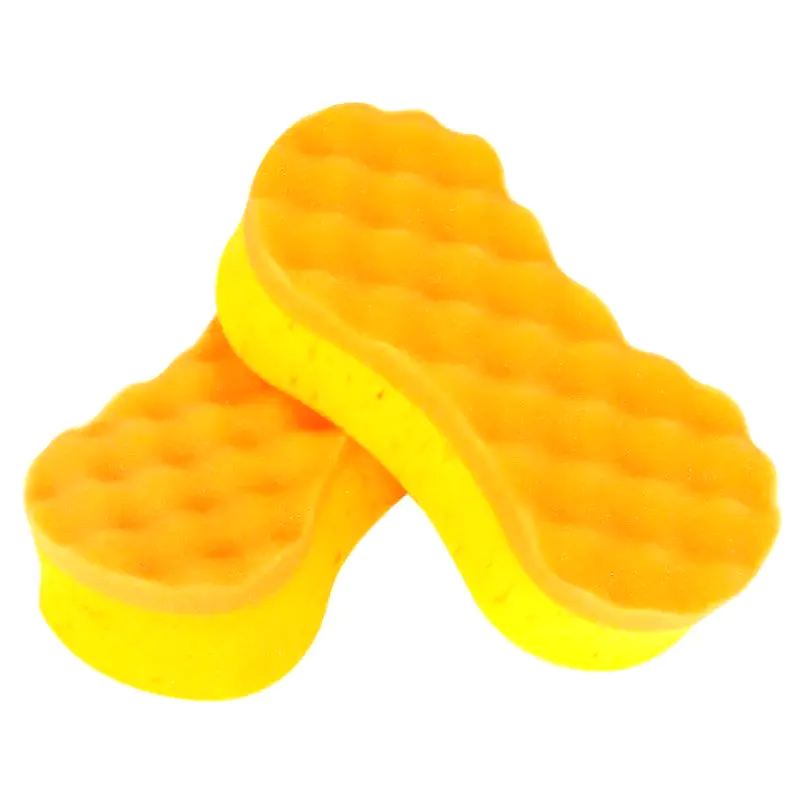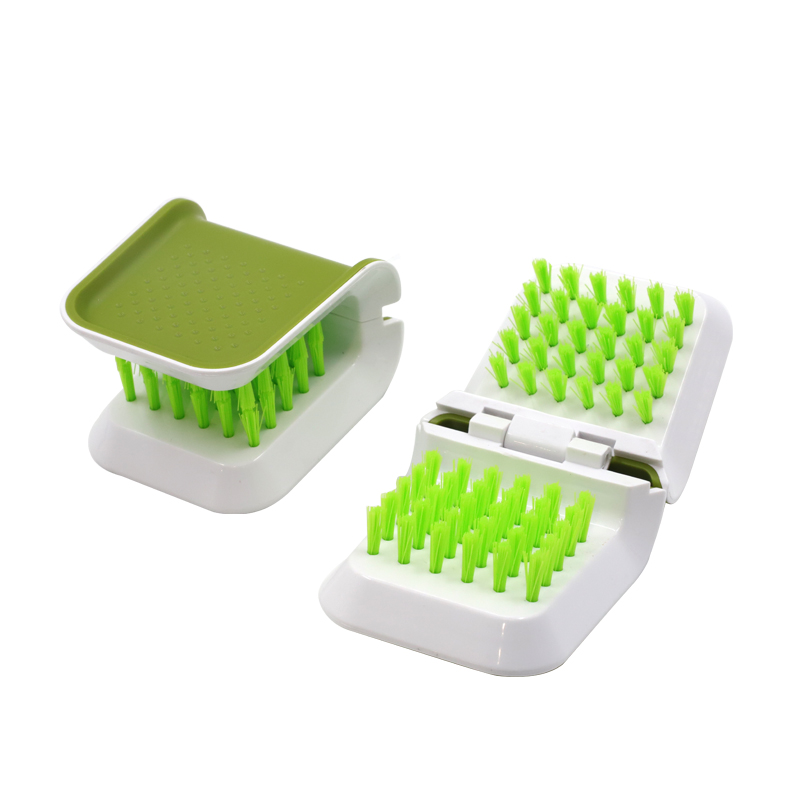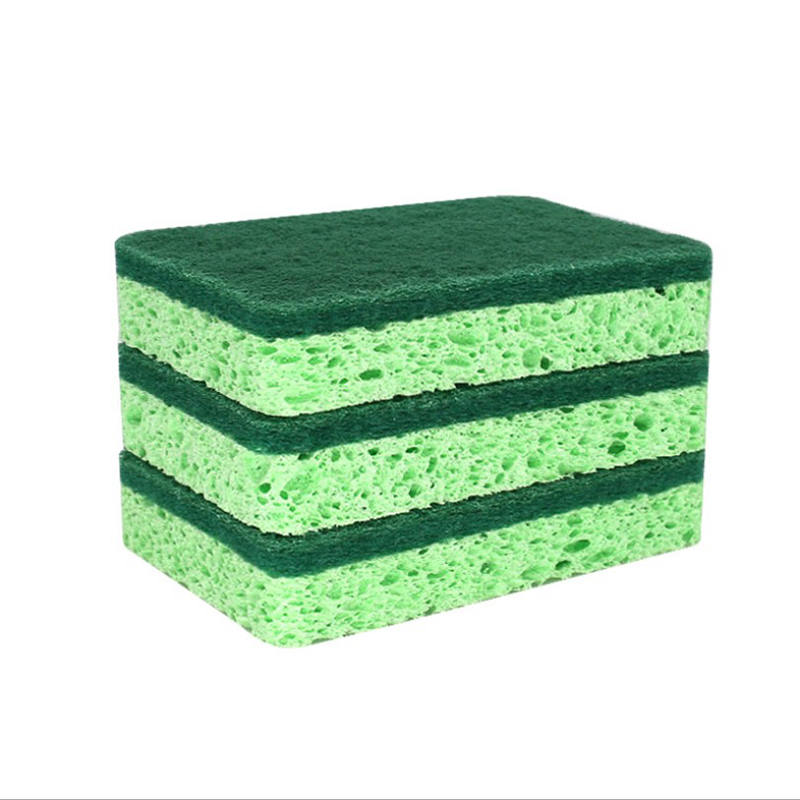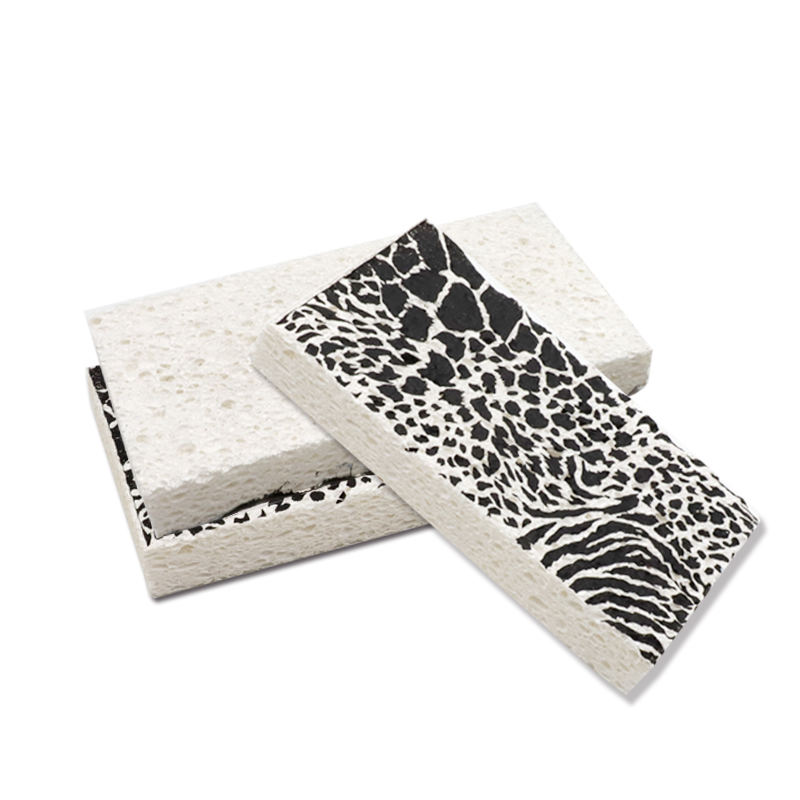Nano Sponge: The Ultimate Guide to Magic Cleaning
Introduction
In the world of cleaning, few products have created as much buzz and lasting popularity as the nano sponge. This unassuming, white rectangular block has earned a reputation for its near-magical ability to tackle some of the toughest cleaning challenges with minimal effort. You've likely seen it in action, effortlessly erasing scuff marks from walls or grime from kitchen surfaces.
What is a Nano Sponge?
A nano sponge is not a typical sponge made of cellulose or plastic foam. It's a special type of open-cell foam made from melamine, a nitrogen-rich organic compound. This material is what gives the sponge its unique, highly abrasive properties.
Unlike traditional sponges that rely on soap and detergent to break down dirt, a nano sponge works on a purely physical and microscopic level. The foam's open-cell structure is incredibly rigid and hard, and when you add water, the tiny, microscopic fibers act like thousands of super-fine sandpaper-like blades. As you rub it across a surface, these fibers get into the grooves of the material, scraping away stains, grime, and other marks. The cleaning power comes from this abrasive action, not from any added chemicals.
Benefits of Using Nano Sponges
The popularity of nano sponges isn't just a trend; it's a testament to their remarkable effectiveness and versatility.
-
Effective Stain Removal: Nano sponges excel at removing stubborn stains that resist traditional cleaners. They are perfect for scuff marks on walls, soap scum in showers, and baked-on grease on stovetops.
-
Versatility in Cleaning: You can use them on a wide variety of surfaces, including tiles, grout, stainless steel, plastic, and glass. They're a true multi-purpose cleaning tool.
-
Cost-Effectiveness: Since a nano sponge works with just water, you can save money by reducing your reliance on expensive and specialized cleaning solutions.
-
Reduced Chemical Use: For those who prefer to minimize chemicals in their home, nano sponges are an excellent choice. They do the job without the need for additional detergents or sprays.
How to Use a Nano Sponge
Using a nano sponge is straightforward, but following these steps will ensure you get the best results while protecting your surfaces.
-
Prepare the Sponge: Simply wet the sponge with water and squeeze out the excess. It should be damp, not dripping wet. This step activates the foam and makes it pliable enough to use.
-
Apply Gentle Pressure: Use light to moderate pressure to rub the stained area. The microscopic abrasives will do the work for you, so there’s no need to scrub hard.
-
Rinse the Surface: After cleaning, it’s a good idea to wipe the area with a clean, damp cloth to remove any residue left by the crumbling foam.
Best Uses for Nano Sponges
A nano sponge is a versatile tool that can tackle messes throughout your home and beyond.
-
In the Kitchen: Use it to remove caked-on grease from stove tops, clean stainless steel sinks, and erase stubborn stains from countertops.
-
In the Bathroom: It's a powerful weapon against soap scum on glass shower doors, mold and mildew on grout, and hard water stains on faucets.
-
For Walls and Floors: Easily remove scuff marks from painted walls and baseboards. It can also be used for spot cleaning floors to get rid of tough spots.
-
Other Uses: Try it on grimy sneaker soles, car interiors to lift marks from vinyl or leather, or to erase crayon drawings from walls.
Surfaces to Avoid
Due to their abrasive nature, nano sponges can damage certain surfaces. Always test a small, inconspicuous area first to ensure it won't cause harm. Avoid using them on:
-
Delicate or Polished Surfaces: The sponge can dull or scratch shiny surfaces like polished wood, glossy paint, and delicate plastics.
-
Painted Walls: While great for scuff marks, excessive rubbing can remove the paint itself, leaving a faded spot.
-
Car Paint: The abrasiveness can create micro-scratches in the clear coat, permanently damaging the finish.
Nano Sponge vs. Traditional Cleaning Methods
Safety Precautions
While nano sponges are generally safe, it's important to use them responsibly.
-
Always test first on a hidden area of the surface you plan to clean.
-
Avoid using on skin. The abrasive material can cause irritation or abrasion.
-
Keep out of reach of children and pets. The sponges can be a choking hazard if ingested.
-
Wear gloves if you have sensitive skin, as the friction can be irritating.
Alternatives to Nano Sponges
If a nano sponge isn’t suitable for the job or you're looking for an eco-friendly alternative, consider these options:
-
Baking Soda Paste: Mix baking soda with a little water to create an abrasive paste. It's great for scrubbing sinks and removing baked-on grime.
-
Microfiber Cloths: These reusable cloths are excellent for dusting and wiping down surfaces with just water, without the abrasive effect.
-
Natural Cleaning Solutions: A simple mixture of vinegar and water can be a powerful all-purpose cleaner for many surfaces.
PREVNo previous article
NEXTBath Sponge Cleaning Power Comparison: Regular Sponges vs. Fiber Sponges
News Category
- Company News(31)
- Industry News(117)

 简体中文
简体中文 English
English 日本語
日本語 русский
русский Español
Español عربى
عربى